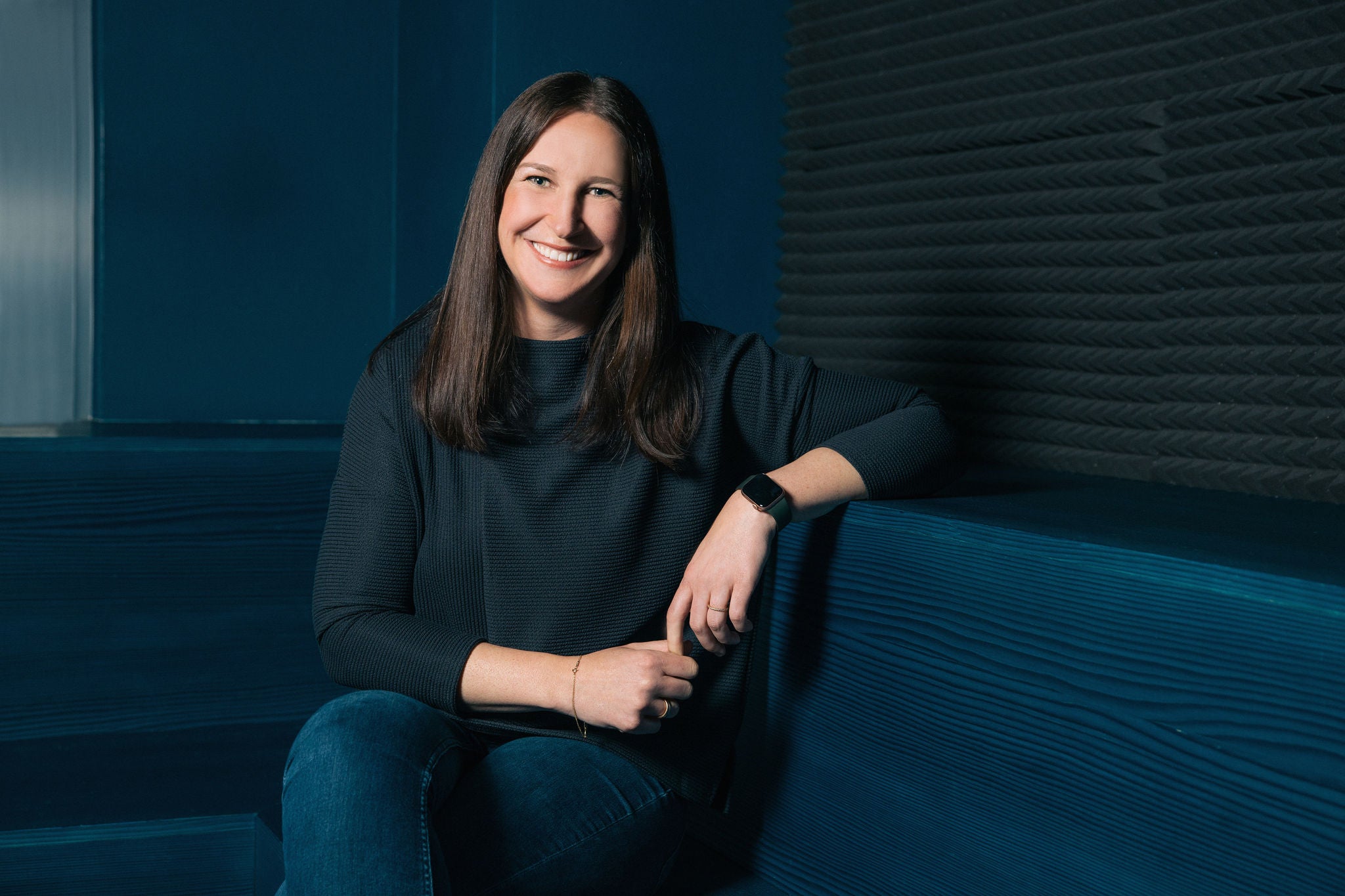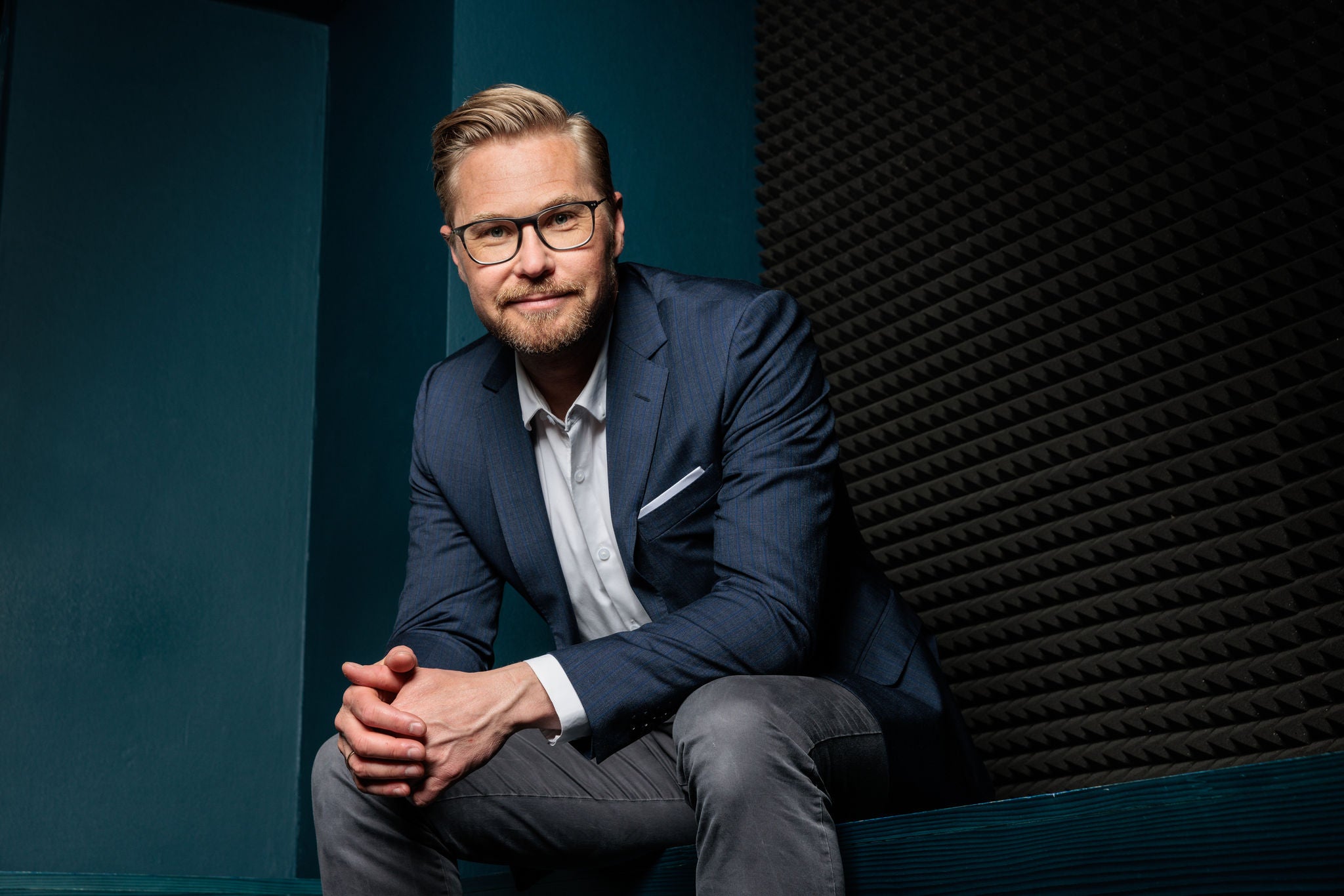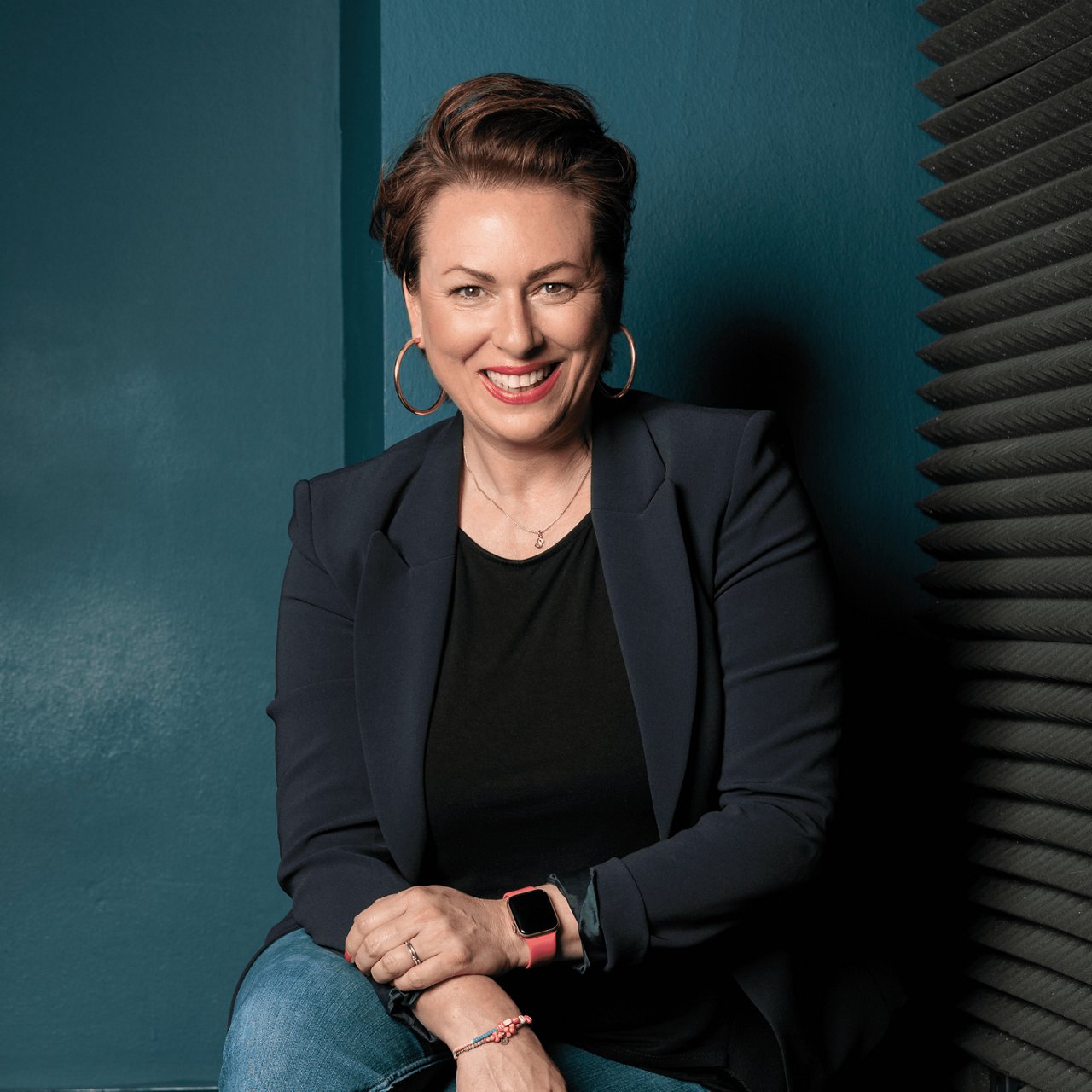Google is officially indexing organic Instagram content in search results. While it might seem like a minor shift, it signals something much bigger: the blurring lines between platforms, the evolution of how people find information, and a growing pressure on brands to rethink the roles of paid, owned, and earned media.
So, what does this mean for marketers? It’s more than just a new surface area for content. It’s a sign that the future of digital is less about platforms – and more about how people navigate culture.
Search Gets Social
First, let’s look at why this change is happening. Search behavior has become deeply fragmented. Gen Z is already turning to TikTok for restaurant reviews, Reddit for product recommendations, and AI for summaries and synthesis. Consumers now start their journey where they expect to find the most relevant, relatable content and increasingly, that content isn’t made by brands or publishers. It’s made by other people.
Google knows this. That’s why it’s pulling in Reddit threads, TikTok videos, and now Instagram posts to hold onto its role as the go-to place for answers. The integration of social content helps keep Google relevant in an era where “search” doesn’t start with a search engine.
For Instagram, this shift is equally strategic. With TikTok stealing time, attention, and ad dollars, getting content surfaced via Google may help funnel new traffic back into the app. And if Google becomes a discovery engine for Instagram content, the Instagram algorithm gets smarter by learning from what people click, skip, or share in Google’s ecosystem.
The Paid Social Ripple Effect
From a media planning perspective, this is more than a curiosity – it’s a new opportunity. Anything that drives users to spend more time in social apps expands the available inventory and improves campaign performance.
But beyond that, this update could amplify the value of organic content in new ways. Suddenly, a well-performing Instagram Reel might not just live within the walled garden of Meta, it could show up in search results for high-intent queries. That changes the value equation: if content can perform in both social and search ecosystems, boosting key posts might become an SEO strategy, not just a paid reach tactic.
In other words, we might soon treat high-performing organic content as searchable assets. The more engagement a post gets, the more likely it is to rise in visibility – not just on social platforms, but across the open web. That’s a significant evolution for paid social and influencer strategy alike.
Rethinking the Media Mix (But Not Abandoning Google)
Does this change Google’s role in the media mix? Not yet, but it’s evolving. Google’s dominance still comes from its share of user behavior. As long as people keep turning to Google to answer questions, it will remain a foundational layer of brand visibility.
But the type of content people engage with there is changing. Searchers may now prefer to click a relatable, creator-driven Instagram post over a brand’s own webpage. That means your content – whether influencer, brand, or community-led – might now compete (or collaborate) in unexpected ways across platforms.
And if that’s the case, marketers may need to reframe how they evaluate performance. The goal isn’t just traffic to your site – it might be share of voice in the content that people see first, trust most, or click fastest.
The Walled Gardens Are Cracking
There’s a bigger shift happening here, one that could ripple out across retail media, publishers, and ad tech. We’re watching the walls come down.
For years, the internet has been a patchwork of closed ecosystems. You searched on Google, shopped on Amazon, scrolled on Instagram, and watched on TikTok – all in isolation. But people don’t think in silos. Just like your smart TV doesn’t care whether you’re watching on Netflix or Prime, your digital life doesn’t obey platform borders.
Now, we’re seeing early signs of an internet that flows. Social content in search. AI recapping Reddit. Retail reviews showing up in unexpected places. And with every layer of integration, it gets easier for people to explore the web the way they want to, not the way platforms design.
What Marketers Should Do Now
- Invest in high-quality, human-first content on social. It may now have life beyond the app.
- Rethink what “SEO” means. It’s no longer just about your website. It could be your Reels, Reddit threads, or influencer videos.
- Be present across surfaces. Today’s customer journey doesn’t move in straight lines. Your brand should meet people wherever they search, scroll, or explore.
- Test boosting high-performing organic posts as a new path to search visibility – not just social reach.
The lines between channels are blurring. The borders between platforms are weakening. But the need for meaningful content that connects with real people? That’s more essential than ever.
This article was first published in Media Leader.













